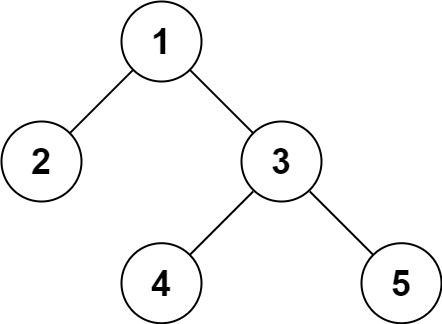Leetcode 297. Serialize and Deserialize Binary Tree
Explanation for Leetcode 297 - Serialize and Deserialize Binary Tree, and its solution in Python.
Problem
Leetcode 297 - Serialize and Deserialize Binary Tree
1
2
3
4
5
Input: root = [1,2,3,null,null,4,5]
Output: [1,2,3,null,null,4,5]
Input: root = []
Output: []
Approach
We can use DFS to serialize. If the corresponding node has no value (None), then we can append a value ‘N’ to indicate that node is going to be None.
For deserialize part, we can also use DFS to create the nodes, and if we encounter ‘N’, then we can return None
Here is the Python code for the solution:
1
2
3
4
5
6
7
8
9
10
11
12
13
14
15
16
17
18
19
20
21
22
23
24
25
26
27
28
29
30
31
class Codec:
def serialize(self, root):
res = []
def dfs(root):
if not root:
res.append('N')
return
res.append(str(root.val))
dfs(root.left)
dfs(root.right)
return ','.join(res)
def deserialize(self, data):
val = data.split(',')
self.index = 0
def dfs():
if val[self.index] == 'N':
self.index += 1
return None
root = TreeNode(int(val[self.index]))
self.index += 1
root.left = dfs()
root.right = dfs()
return root
return dfs()
Time Complexity and Space Complexity
Time Complexity: $O(n)$ for all operations
Space Complexity: $O(n)$ for all operations
This post is licensed under CC BY 4.0 by the author.
